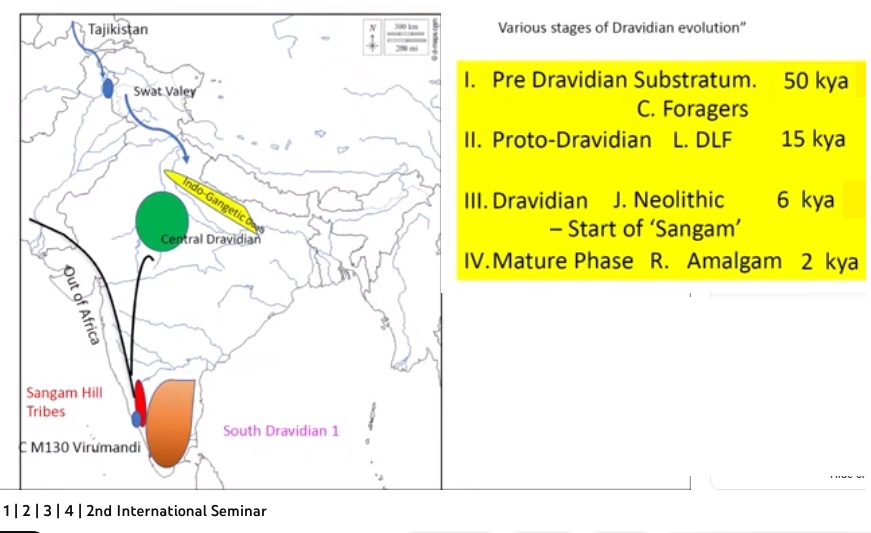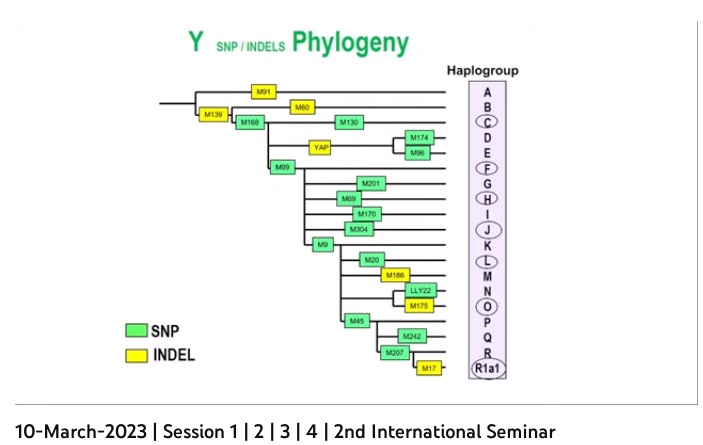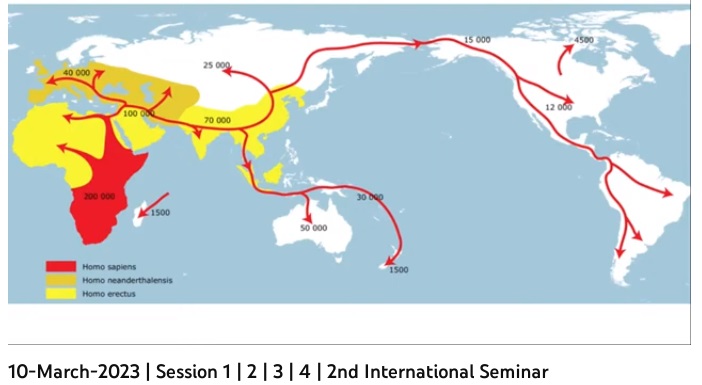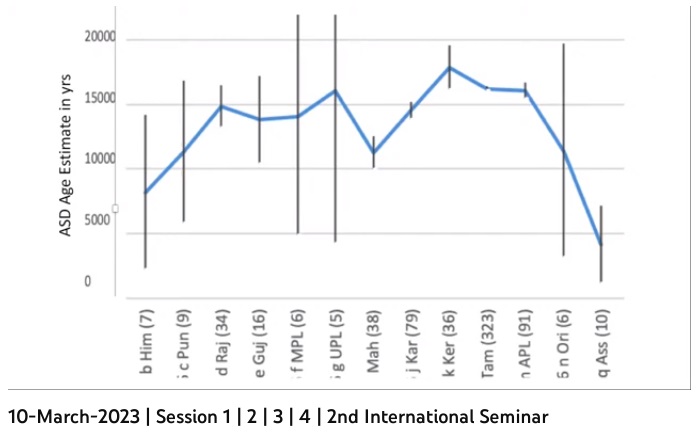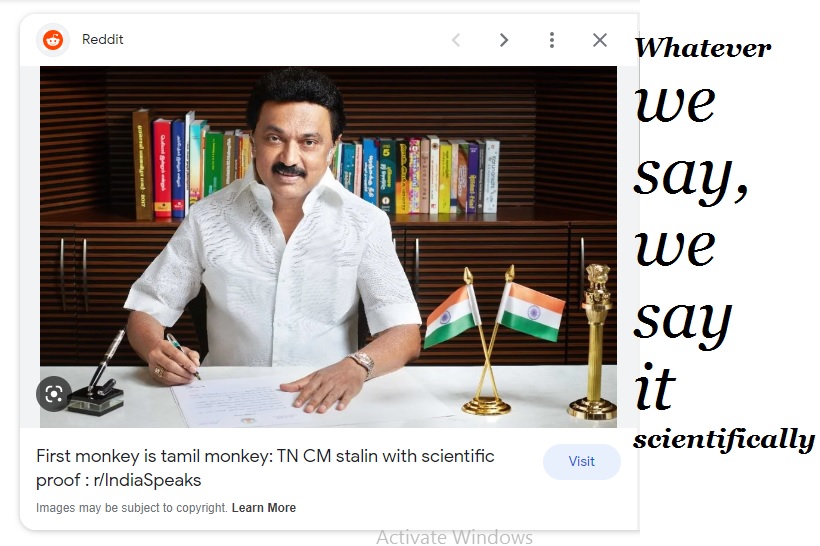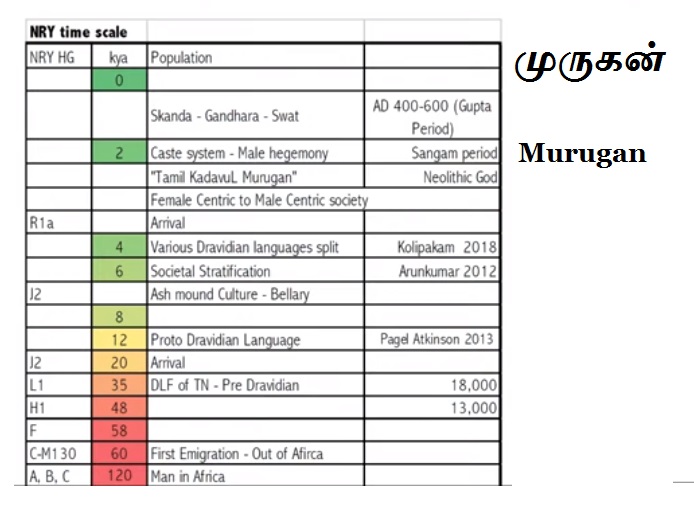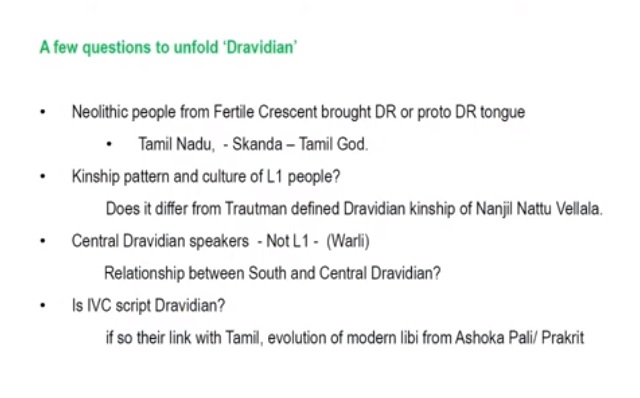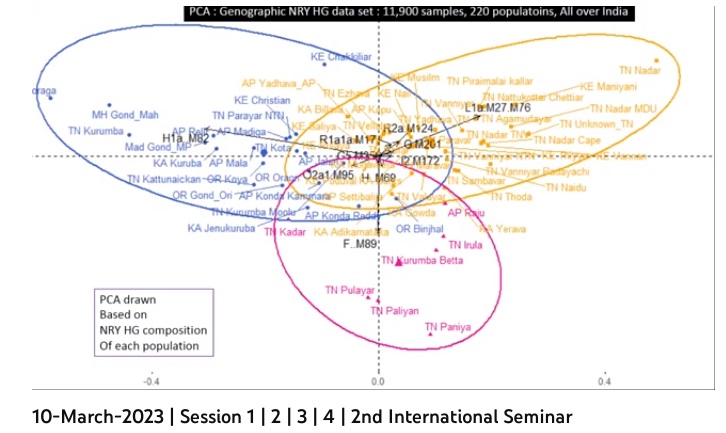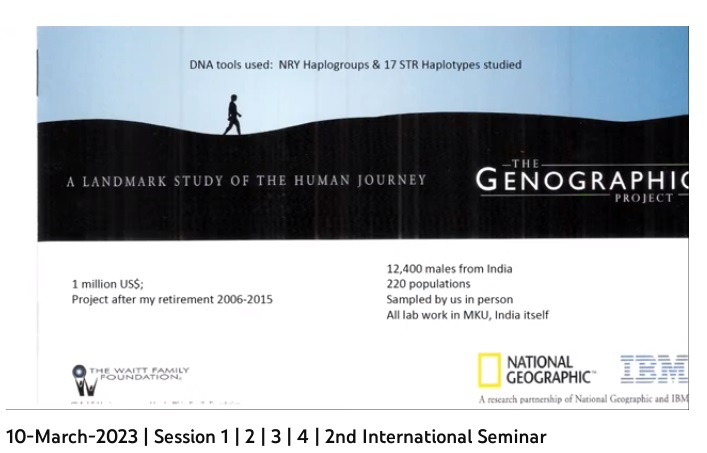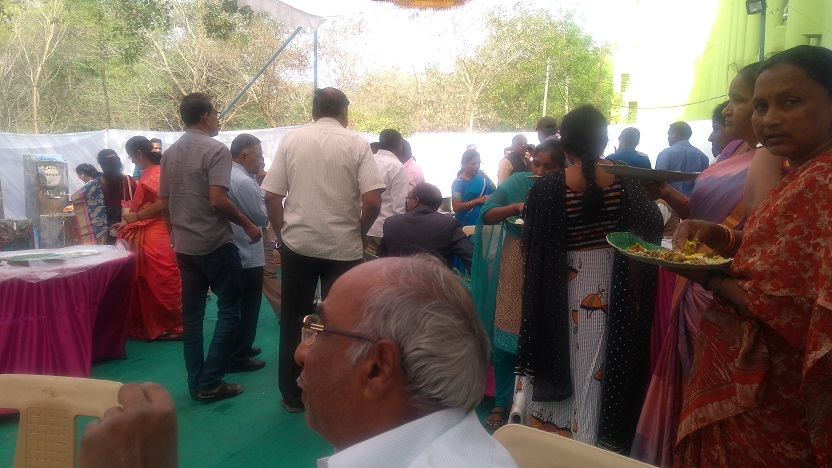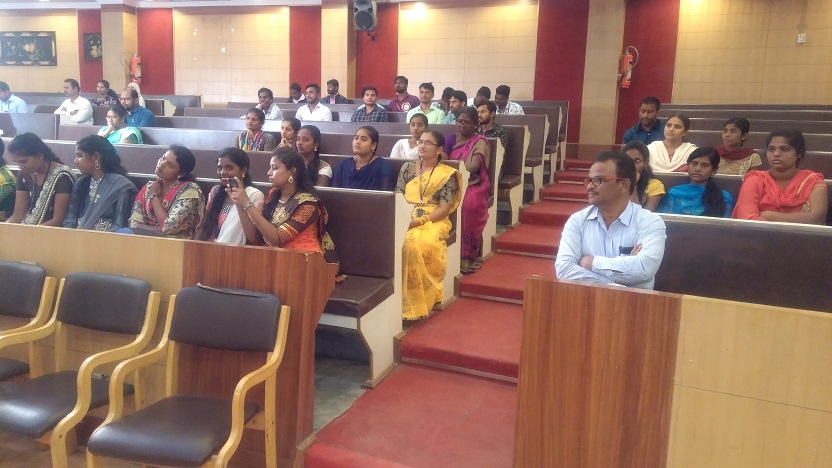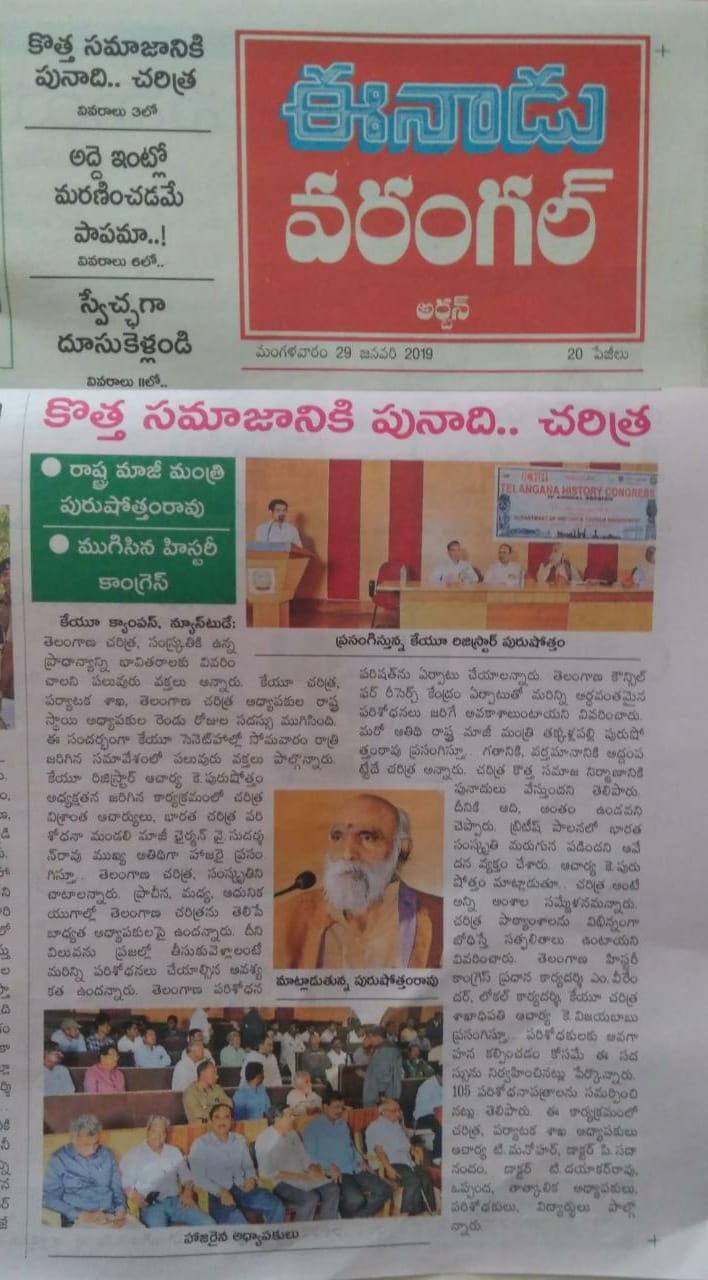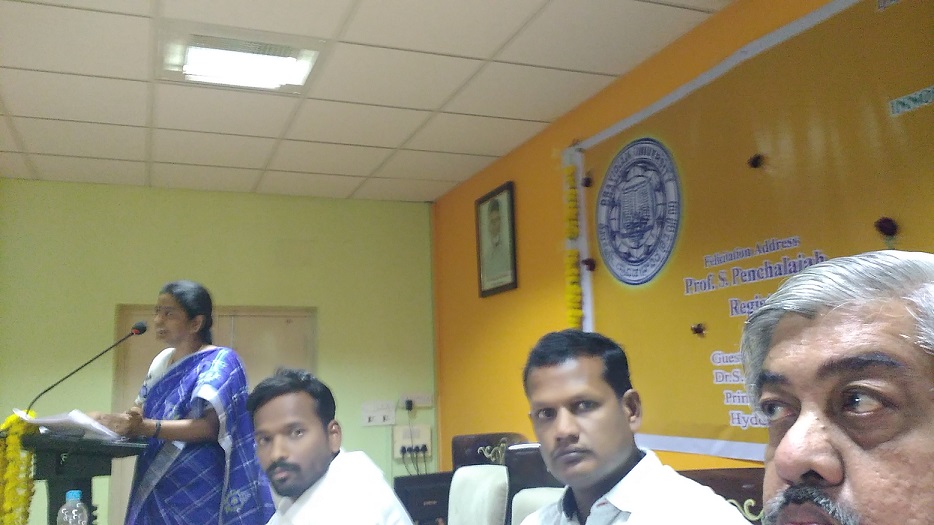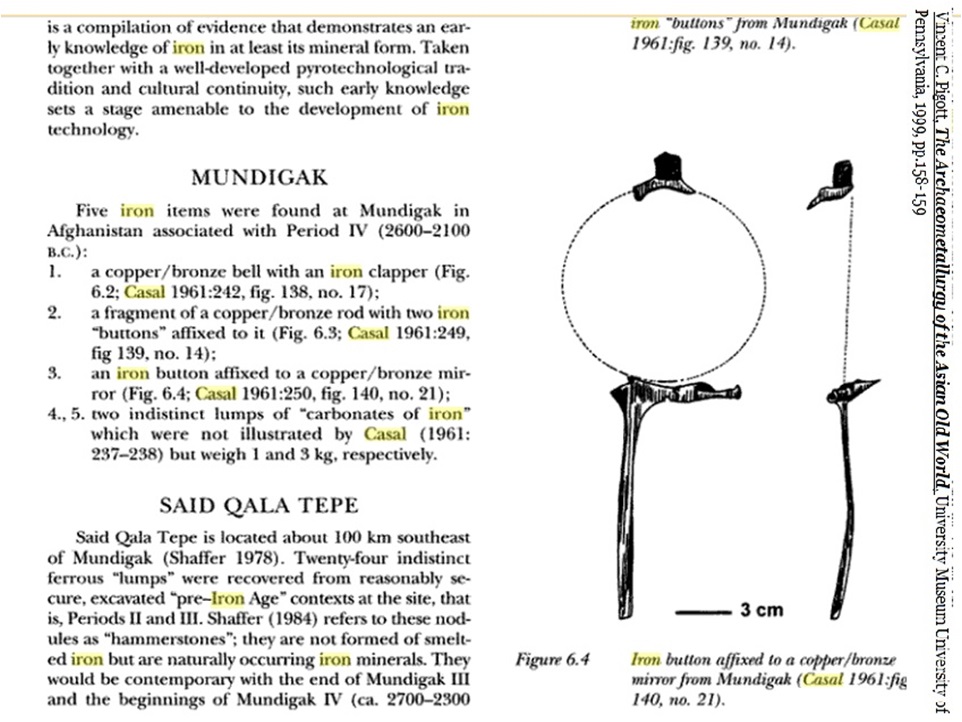Recent Advances in South Indian Archaeology – The 2nd International Symposium in memory of Iravatham Mahadevan – 11-03-2023- Iron and Steel – continued (5)


11-03-2023- Iron and steel paper continued- Results and discussion XRF analysis[1]: The samples were analysed using XRF. Figure 3 a–d shows details of composition (in wt%). Although XRF is not a reliable technique to obtain the elemental composition, we have used it to get an approximate idea regarding the composition before cutting samples. Iron shows up as a major element for each sample in the XRF analysis. Therefore, it is confirmed that the samples are ferrous (Fe). Carbon and phosphorus are the primary alloying elements in iron, which are also reported by Sukhanov et al.34. The XRF plot shows that each sample contains iron and phosphorus, which are the main elements for iron and steel (Figure 3).

The percentage of carbon is not shown due to the limitation of the XRF analysis. Other elements (non-metals Na, Cl, Ca) present in the sample as impurity during excavation are also observed in the XRF bar graph. Microstructural analysis The optical microstructure of the specimen is shown in Figure 4 a for sample AM/1 (axe).

Figure 4 a shows the region in the microstructure of the material etched with Nital. The microstructure reveals that specimen AM/1 is made using high carbon steel. Figure 4 a shows randomly oriented morphology with three-dimensional shapes such as plate, lath and sheet. The randomly oriented pattern and ultra-fine microstructure indicate that the specimen is introduced with severe thermo-mechanical processing during product manufacture or production of iron. It is also observed from Figure 4 a that various inclusions and slags are trapped inside the microstructure in rod and round shape. Figure 4 a shows that the rod-shaped inclusions are oriented in the horizontal direction and the loading/hammering during processing is vertical.

The bloomery process[2] produces a variety of similar iron and steel objects, as illustrated in the literature[3]. The inclusion and slag are generally trapped inside the bloom, and need continuous hammering to remove the slag and unburnt charcoal fuel. Therefore, the analysis suggests that the axe was perhaps made using steel which was a product of the bloomery process. Similarly, the microstructure from an optical microscope for the samples AM/2, AM/3 and VM/1 is shown in Figure 4 b–d respectively, in the polished and etched condition (Nital). Pits, micro-cracks and foreign particles can be seen in each sample, which shows their degraded state loaded with foreign particles. For sample AM/2 (Figure 4 b), the microstructure shows the network of foreign particles with metal, including voids. However, the structure observed in the rectangular box reveals the solidification microstructure. Similarly, Figure 4 c shows the columnar solidification morphology in sample AM/3. This structure is similar to that found in the cast and solidified steels. Sample VM/1 also shows a similar alternate columnar structure (Figure 4 d).

Phase analysis[4]: A detailed analysis of different samples was done using FE-SEM and EDX techniques to reveal the microstructure and phases present inside the specimen. The mirrorfinished polished samples were observed under FE-SEM without etching (Figure 5 a–d). Figure 5 a shows the photomicrograph of sample AM/1, which contains trapped oxide and slag inside the iron matrix. The alignment of rod-shaped inclusion in a particular direction indicates the thermo-mechanical processing which the axe might have undergone during manufacture. Very fine spherical pinholes are also observed in the microstructure. This could be the result of the trapped slag and unburnt charcoal as the secondary phase inside the specimen during the bloomery process. Figure 5 b shows the photomicrograph of sample AM/2, which is loaded with the cavity and pores (black region). The white part shows the iron and the dark part is the cavity under the backscattered mode of FE-SEM. Figure 5 c shows the cluster of very fine bright dendrites, wüstite, which are also reported in the available literature.

Wüstite phases are commonly available in the iron slag of the bloomery process. Prokop and Suliga8 studied the iron slag from Meghalaya, North East India, and showed that wüstite is present as an acid product for the bloomery iron-making process. In general, the production of iron from its ore produces iron, steel and slag during smelting. The steel and iron are extracted and used locally or traded to far-off places, whereas slags are abandoned near the smelting sites. The slag with the wüstite phase also signifies the microstructure from the bloomery process. The slag is loaded with various voids and a very fine structure of wüstite, and rapidly cools during smelting. Figure 5 d reveals the microstructure of iron slag for sample VM/1 with iron- and silica-rich phase in slag. Detailed analysis of the iron matrix and secondary phases was done using the EDX technique attached to FE-SEM. Figure 6 a shows the SEM micrograph for the AM/1 samples and the EDX spectrum is measured on the slag (dark region) in the micrograph. The slag is rich in metals and non-metals, including iron, which is shown in the inset table. Figure 6 b shows the chemical composition of the iron matrix (sample AM/1) free from inclusions.

The composition[5]: The composition shows the product is made of high carbon steel followed by the carburization process. The specimens are generally heat-treated in the presence of charcoal to improve the strength of the surface of the product. Therefore, the percentage of carbon is relatively higher than steel. It is also observed that the lack of brittleness shows that the product is not made of cast iron, and therefore it is suitable for weapons like axe and sword. Figure 6 c–e shows the EDX map, including the wt% of elements inside the slag for AM/2, AM/3 and VM/1 respectively. The analysis shows the slag includes various acidic products like silica and aluminium. These are mainly observed inside the steel slag, as illustrated in the literature35. It is also observed from the elemental composition and EDX map that the percentage of iron is very high inside the iron slag. The bloomery process during ancient metallurgy was not advanced, and therefore a very high amount of iron remained with the slag. Mechanical analysis The Vickers microhardness for the samples was measured and is plotted in Figure 7 with the indentation micrograph for each sample. The indentation area for sample AM/1 is much more compared to that for the rest of the samples. The size of the indent, as shown in the Figure 7 inset, decreases with increase in hardness, which is also observed in the hardness plot. It is observed that the structure of slags is highly non-homogeneous and reveals a metal–slag composite structure. Therefore, the value of micro-hardness for the slags tremendously varied from the standard deviation and showed a relatively higher value of hardness than the high carbon steel sample (AM/1).

Conclusion[6]: The iron objects collected from two different sites, viz. Ambal and Vallam in Tamil Nadu, dated mid-1st millennium BCE to 10th c. CE and 15th to 18th c. CE respectively, were analysed using microscopy as well as mechanical and elemental composition characterization techniques. The result shows that the cutting tool (like an axe) was made of high carbon steel, including the heat-treatment process. The study shows that the tradition of steelmaking might have been well established and the inhabitants were fully equipped with smelting and thermo-mechanical processing facilities. It is also observed that analysing a core for characterization yields more accurate results. Generally, microstructures are not identifiable in slags. However, the slags analysed in this study were loaded with substantial non-metallic materials. Thus in the absence of good quality microstructure and hardness data, a definite conclusion regarding the slags would be premature. However, the present study shows evidence of indigenous steelmaking process in southern Tamil Nadu.

These objects were broadly derived from two contexts: one in the Iron Age–early historical context (AM/1) and others in the medieval context. The production of iron in the Iron Age and early historic contexts could be different. The Iron Age society was predominantly agropastoral, and the implements were produced for agrarian and defence purposes. These samples are from habitation sites, and the Iron Age–early historical sample was part of a craft system that was producing artifacts for the community involved in agrarian operations and also in wars, and is closer to the megalithic cult tradition.

Referring to Sangam literature: The Sangam Tamil poems discuss iron technology and refer to the importance of iron swords in various battles. Thus the iron crafting tradition of the Iron Age–early historic period was in the context of warring communities. However, in medieval times different types of iron production took place; while the medieval kings were involved in battles, they required iron swords; but in household and day-to-day contexts, people used iron objects for construction and other activities. The objects from medieval contexts were mostly from nail fragments. The iron nails produced for construction would be used only once, and hence they would be of different quality. However, the implements used for cutting as part of agrarian and pastoral and battle purposes would have been prepared with care. This might explain the nature of the iron objects presented in the two groups of samples discussed here. However, this needs to be tested by collecting various objects of functional categories from the Iron Age to the medieval period to understand how functional categories determined the production patterns.
© K. V. Ramakrishna Rao
14-03-2023.
[1] Singh, A. K., Kanungo, A. K., Selvakumar, V., & Arora, A. (2021). Ancient high-carbon steel from southern Tamil Nadu, India: microstructural and elemental analysis. CURRENT SCIENCE, 121(2), 239.
[2] A bloomery is a type of metallurgical furnace once used widely for smelting iron from its oxides. The bloomery was the earliest form of smelter capable of smelting iron. Bloomeries produce a porous mass of iron and slag called a bloom. The mix of slag and iron in the bloom, termed sponge iron, is usually consolidated and further forged into wrought iron. Blast furnaces, which produce pig iron, have largely superseded bloomeries.
[3]https://asc.iitgn.ac.in/assets/publications/research_papers/High_Carbon_Steel_S_TN_Current_Science_2021.pdf
[4] Qureshi, Mo Rizwan Ahmad, Nishkarsh Srivastava, Alok Kumar Kanungo, Amit Arora, and K. Krishnaraj. “Iron technology in medieval Kerala: archaeometallurgical studies on iron artefacts from Triprangode.” CURRENT SCIENCE 124, no. 3 (2023): 333.
[5] https://www.currentscience.ac.in/Volumes/124/03/0333.pdf
[6] It is evident that they have been presenting and publishing the same subject matter, data, information, analysis etc., in different forums, seminars and journals, yet, this paper has been different from others, showing new details about the iron and steel manufacture.

K. P. Rao was virtually grabbing mike from the paper presenter and he even pushed his hand, as could been seen from the vide recorded.
He was prevented from responding to the questions.
Similarly at the other side, from the audience also, those who wanted to get clarifications were prevented on the one or the other pretext.
Here, also, K. V. Ramakrishna Rao, as an engineer wanted to ask pointed question, but, he was prevented, ……….as could be noted from the recorded video…..
Filed under: ideological, ideology, india, indica, indus symbol, infinity, invade, invasion, invention, Iron, iron age, iron ash, iron slag, iron smelting, sangam, sangam literature, sangam period, smelt, smelting, Smith, steel, technology, tribal, tribe, Vaigai, wood, wootz | Tagged: billet, bloom, carbon steel, cast, cast iron, casting, crucible iron, ferric, ferric oxide, ferrous, ferrous oxide, forged iron, hammer, high tensile, Iron, iron age, iron pan, iron slag, iron technology, iron waste, meteorite iron, mould, moulding, oxide, steel, tensile | Leave a comment »













































